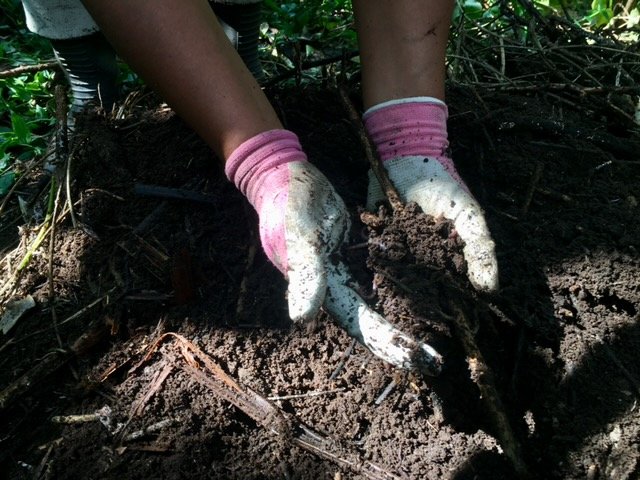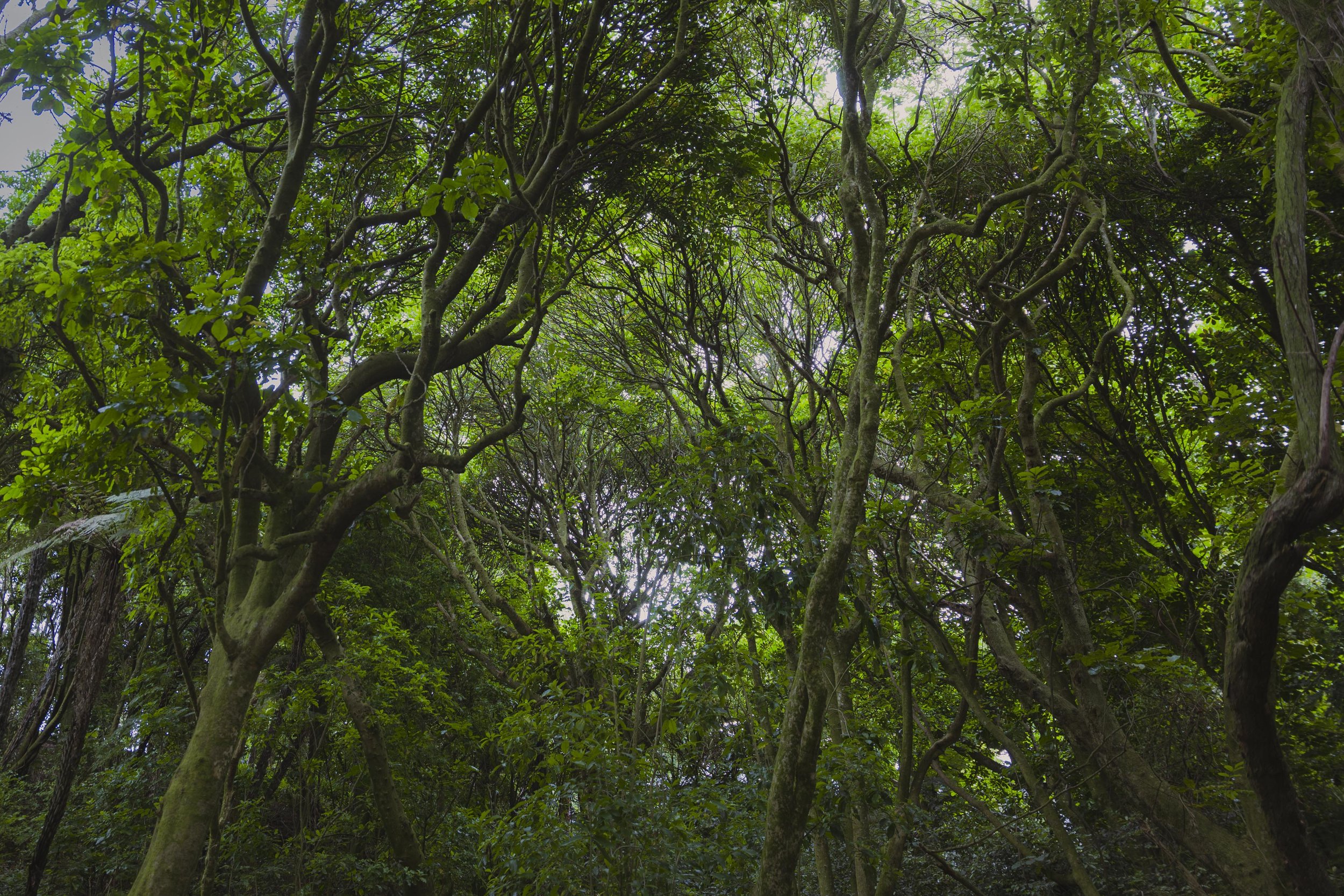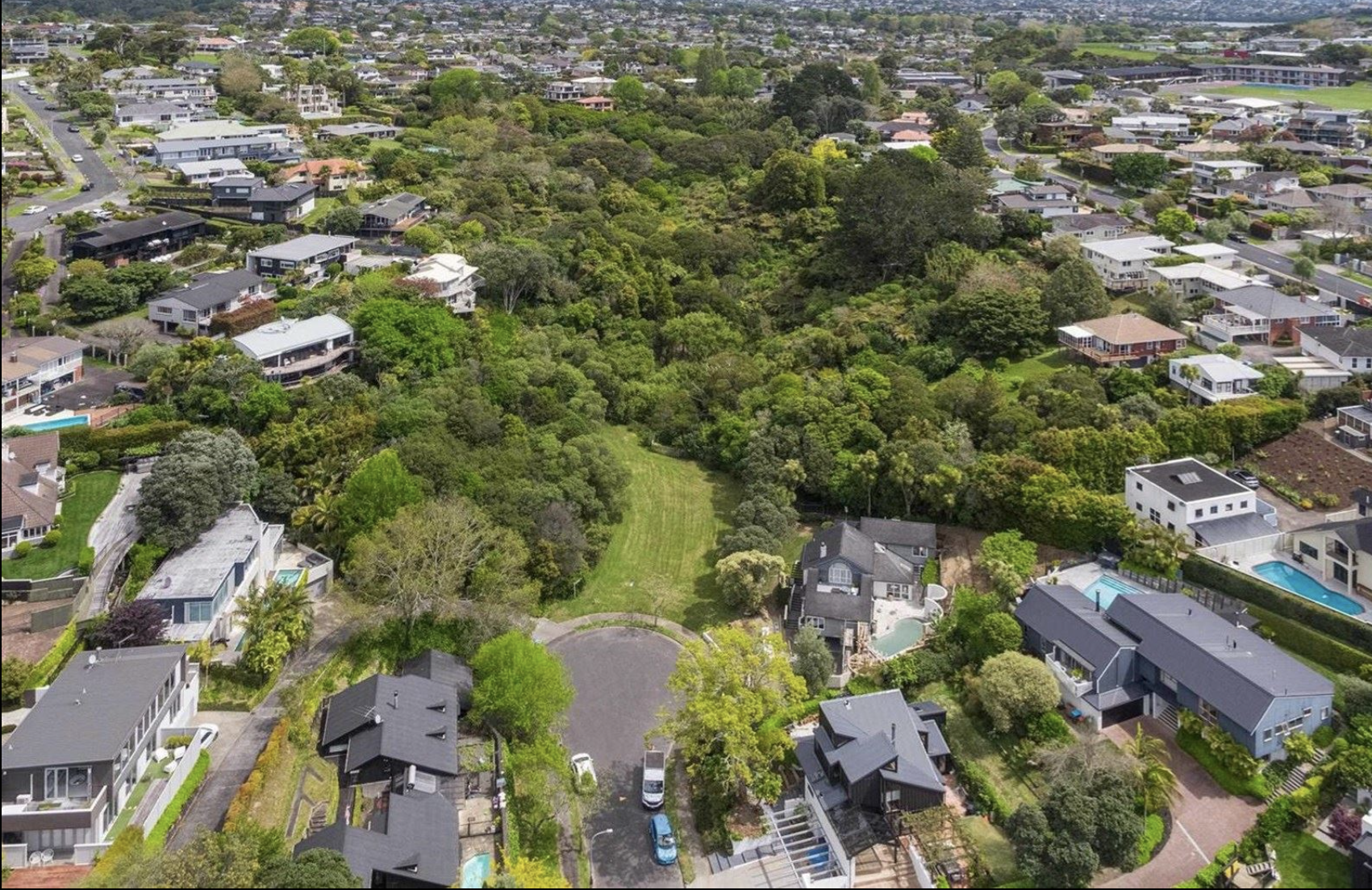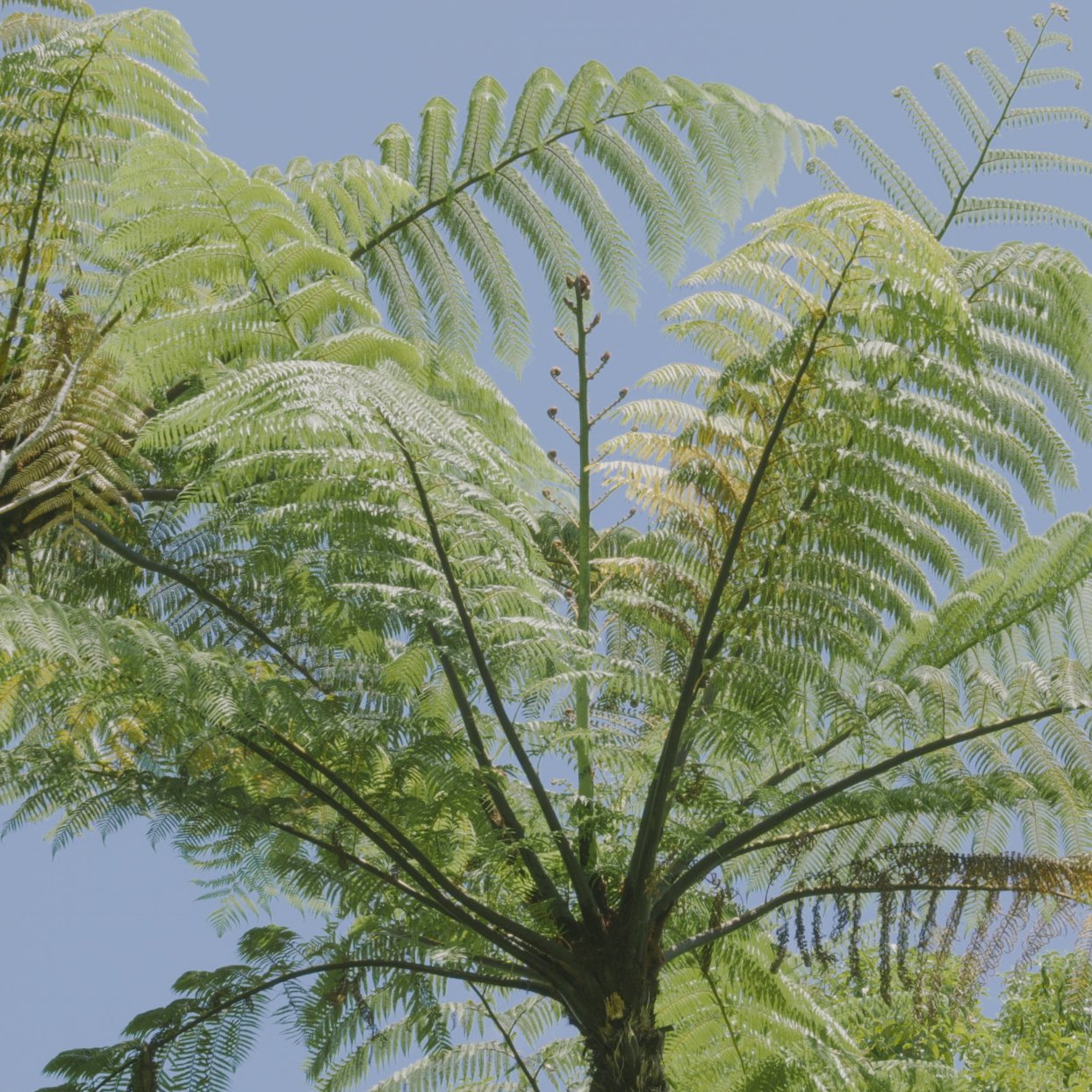
Ecological Value
Kohimarama Forest is a remnant native forest whose true ecological value lies not only in its ability to provide a reference ecosystem for regenerating other urban ngahere, but also in its capacity to teach people how to connect to place. By understanding every plant, animal and insect within the forest and the role that each plays in improving the health of the forest ecosystem, we can begin to answer the most urgent question of our time… How can we play our part?

The First Step is Halting Decline
Walker et al.
Manaaki Whenua – Landcare Research
6th July 2021
This article identifies how the first step in maintaining biodiversity is to halt the loss of fragment forests. It highlights that the current system of only protecting areas deemed to be ‘significant’ is flawed and that this may be failing our biodiversity restoration efforts. The current focus on native plant dominance as a key indicator of significance occurs partly because it is easy and we do not have resources to look at lichens, insects or soil biology. This means other significant, less measurable factors, that are the foundations for forest health, are not unconsidered:
Remnant forests in urban environments are an example. They are especially significant because they have not used insecticides and have not been cleared or used for pasture or agriculture. This means that components of the ecosystems that have only survived in original forests and forested streams may still exist; like fungi living on leaf litter, unfertilised soil and epiphytes like lichens and liverworts, and insects that depend on these organisms.

Kohimarama Forest is a Signficant Ecological Area
Auckland Design Manual — Site Analysis Process
Auckland Council
2018
Auckland Council is required to recognise Kohimarama Forest and provide for its protection as a matter of importance under Section 6B of the Resource Management Act (1991), because it meets all five criteria used by the Council to identify a Significant Ecological Area.
Criteria 1: Representativeness — This means that the forest is assessed relative to Auckland’s original ecosystem types. Kohimarama Forest supports a representative example of mature kohekohe forest that is characteristic of an original vegetation type in this part of Auckland
Criteria 2: Threat Status and Rarity — Kohimarama Forest is the home to the rare copper skink and at least four ‘At Risk’ lichen species. There are also glow worms (‘At Risk’)and areas of wetland vegetation (<10% of original extent remaining in New Zealand).
Criteria 3: Diversity — The forest contains a rare, intact headwater area with permanent flow and no blockages from the forest to the sea. As a result, it has a healthy population of native fish and invertebrates that help to repopulate downstream areas and the Hauraki Gulf.
Criteria 4: Uniqueness or Distinctiveness — The forest has never been fully cleared thus retains some of its original biological communities, e.g., invertebrate assemblages, mycorrhizal fungi.
Criteria 5: Ecosystem Connectivity — The forest is a significant stepping stone for native birds to migrate along the ecological corridor that links the predator-free islands in the Hauraki Gulf to mainland forest sanctuaries such as the Waitakere Ranges, Hunua Ranges and Riverhead Forest. It is also a stepping stone habitat within a network of local forest remnants, e.g., Kepa Bush, Dingle Dell evident in the dispersal of large-fruited tree species (e.g., taraire) by kererū.
The official SEA overlay was removed in 2015 to allow for residential development. SInce this time, the community has undertaken significant work to rid the forest of invasive species and ecologists have now been able to understand the full significance of Kohimarama Forest’s ecological value.

Knowing, Growing and Protecting
Auckland’s Urban Ngahere (Forest) Strategy
Auckland Council
March 2019
The strategy aims to increase canopy cover to 30% across Auckland’s urban area and to enhance the associated social, environmental, economic and cultural benefits. It highlights the protection of mature healthy trees, a preference for natives, an emphasis on establishing connections and ecological corridors, increasing public access and using both regulatory and non regulatory tools to achieve its aims. It is, therefore, essential that we use initiatives like the regeneration of Kohi Forest to inspire and support the regeneration of neighbouring forest fragments, so that the social, environmental, economic and cultural benefits can be spread across Tamaki Makaurau.

Community-led Restoration
Auckland Council Climate Change Plan
Action Area N1
December 2020
Action Area N1 outlines Auckland's plan to build the resilience of indigenous biodiversity, habitats and ecosystems to climate change, particularly where they are overrun by invasive species. The plan promotes expanding habitat protection and restoration by promoting, progressing and funding initiatives that increase opportunities for community-led monitoring and programmes that actively establish connections between tangata and whenua.
Auckland’s Climate Plan is dependent on volunteers, and the volunteer management and funding organisations that are necessary to support them. It is, therefore, crucial that our volunteer networks are nurtured, supported and grown as carefully as we are seeking to regrow our forests. It is only by growing together that Auckland’s plans for a better future can be achieved.

You Will Need Guidelines
Dr Robyn Simcock
Manaaki Whenua – Landcare Research
March 2020
In a letter providing an ecologist's perspective on the ecological and aquatic value of Kohimarama Forest, Dr Simcock includes an informal set of guidelines to ensure the success of the first stages of community-led restoration work that was being undertaken in Kohi Forest. She highlights that is easy to do significant damage to the forest if regeneration is not undertaken and staged appropriately. The letter highlights the importance of providing educational support and demonstration models for volunteers throughout Tamaki Makaurau, who will be carrying out regenerative work in our fragile and precious urban ngahere.

“Disproportionately High Ecological Value”
Mr Nicolas Goldwater
Ecologist, Wildlands Consultants
July 2015
In a letter describing Kohi Forest's disproportionately high ecological value, Mr Goldwater highlights the location of Kohi Forest within an urban context that has a very small percentage of forested areas remaining, as significant to its ecological value. These values include important local habitat for native flora and fauna, stepping stone linkages for indigenous birds, erosion and flood control, and maintaining the quality of water draining into the Auckland Harbour. By regenerating our last remaining fragment forests, we are then able to create new stepping stone forests that can link the remaining mature forests together.

Ecological Corridors Report
Kerry Lukies
Eastern Bays Songbird Project
2020
A report outlining the environmental benefits of urban ecological corridors as connecting urban, rural and natural landscapes, increasing nutrient cycling, absorbing pollution and reducing the urban heat island effect, preventing flooding, runoff and erosion and improving water quality. The report identifies Kohi Forest as a significant part of The Eastern Bays ecological corridor network, connecting the predator-free islands of the Hauraki Gulf to mainland sanctuaries.

Uniquely Biodiverse
Assoc. Prof. Daniel Blanchon
Botanist and Lichenologist, Unitec Institute of Technology
13th July 2015
Evidence establishing Kohi Forest as a valuable forest remnant able to serve as a reference ecosystem for the restoration of lichen and native plants in surrounding areas. Research found at least 31 distinct lichen species, five data deficient species and one at risk, naturally uncommon species.

An Ecological Stepping Stone
Assoc. Prof. Margaret Stanley
School of Biological Sciences, University of Auckland
3rd Dec 2021
“Kohimarama Forest is an important forest fragment in the Eastern Suburbs. Although there is substantial weed invasion in this forest patch (as with many urban forest fragments), there are also large, old native trees (e.g. kohekohe) and unique aquatic and terrestrial biodiversity. The key importance of Kohimarama Forest lies in its situation in the urban landscape. There are few remaining forest fragments in the Auckland isthmus area, and the fragments that do remain provide valuable habitat for biodiversity, and act as stepping stones between larger significant ecological areas, enabling animals to forage, breed, disperse and maintain gene flow in an otherwise fairly hostile environment. Kohimarama Forest lies in an area that provides a linkage via a green corridor between the Hauraki Gulf Islands and the larger Kepa Bush and Pourewa Valley. The recent discovery of a korimako/bellbird in Waiatarua Reserve in nearby Remuera shows the importance of these fragments in providing habitat for native birds dispersing from pest-free islands. Efforts being made to increase the viability of green corridors in the eastern suburbs would be put at risk if Kohimarama Forest was lost or degraded. Auckland is currently experiencing extensive loss of large trees on private land, impacting our urban forest canopy and associated biodiversity. Loss or degradation of a forest fragment, such as Kohimarama Forest, would severely add to the ‘death by a thousand cuts’ of our urban forest, which provides a number of ecological, health and wellbeing, and cultural services to our city.”








